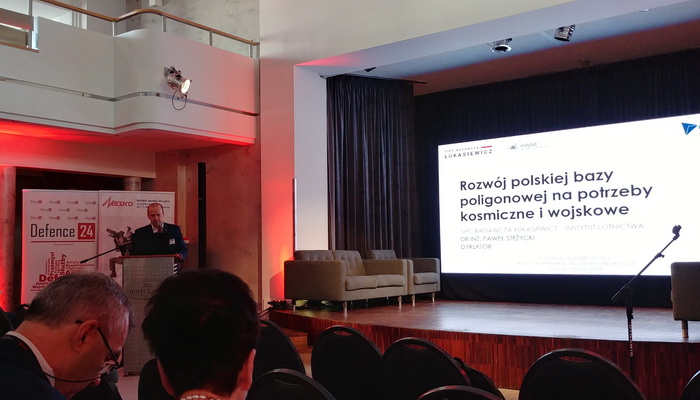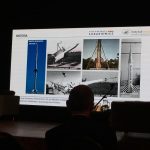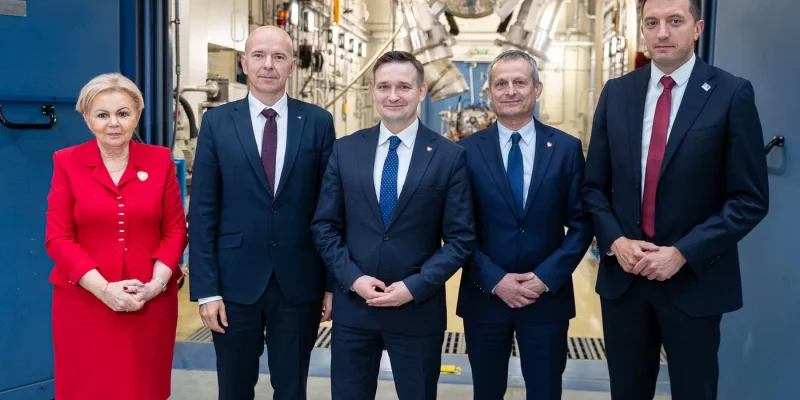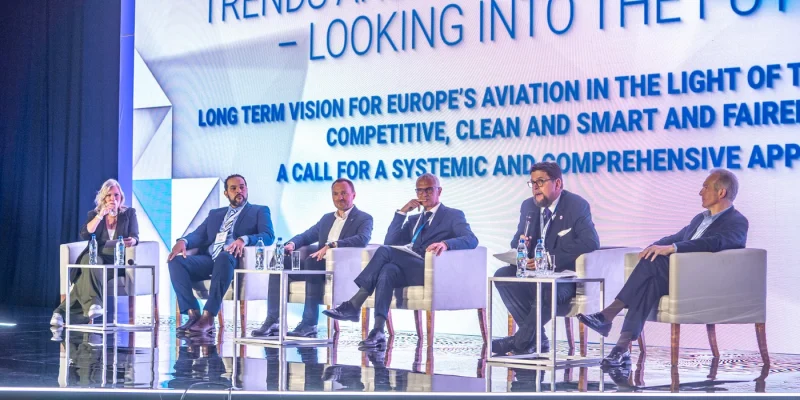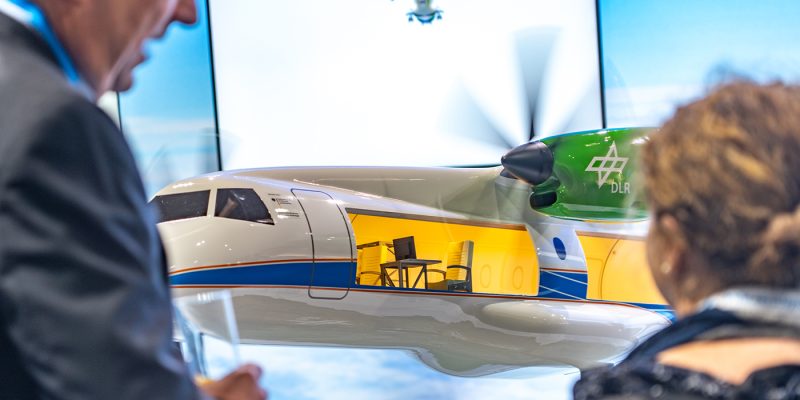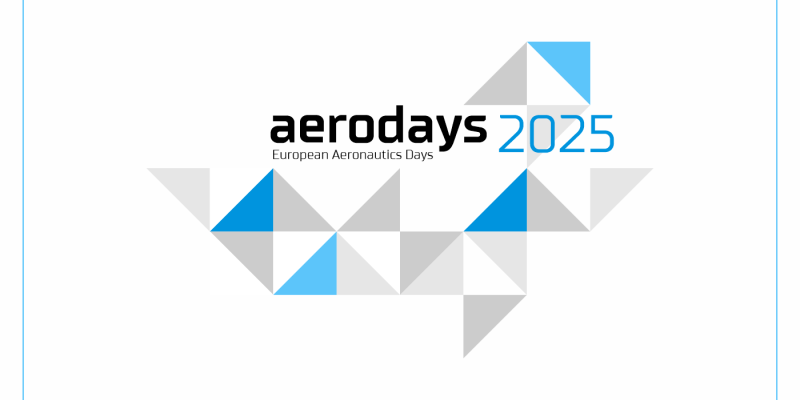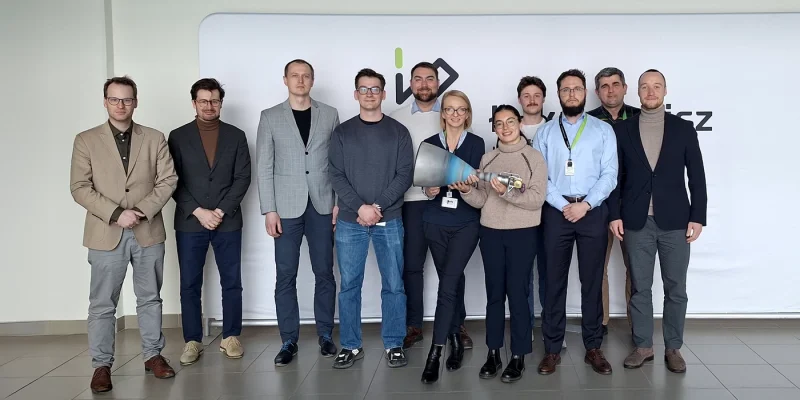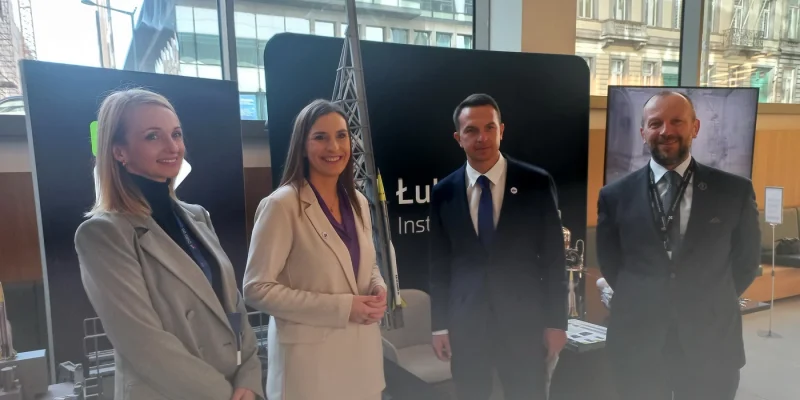On 24-25 October 2019, on the occasion of MESKO’s 95th anniversary, a conference devoted to the development of rocket and ammunition technology in Poland was held. ŁUKASIEWICZ – Institute of Aviation was represented at the event by the General Director, PhD. Paweł Stężycki who, at the invitation of the organizers, gave a presentation entitled “The development of rocket and ammunition technology in Poland”. At the invitation of the organizers, he gave a presentation entitled “Development of the Polish military training ground base for space and military needs”. Also engineers of the Space Technologies Department, Damian Kaniewski (“Development of engines for solid propellant in the ŁUKASIEWICZ Research Network – Institute of Aviation”) and Michał Pakosz (“Use of the ILR-33 BURSZTYN rocket for tests of military technologies”) made their presentations.
The ŁUKASIEWICZ – Institute of Aviation is currently the leader of Polish and Central European research and development in the field of civil rockets. In 2017-2019, the team conducting flight tests of rockets carried out three launch campaigns of the suborbital ILR-33 BURSZTYN rocket, in the Drawsko Land Forces Training Centre and in the Central Air Force Training Centre Ustka.
A test campaign related to gas-dynamic executive control systems in the WITU area was also carried out. Suborbital rocket flights have the potential to conduct atmospheric research, validation of space and military technologies, as well as to conduct scientific research in microgravity. Currently, one of the obstacles to the development of activities in this area is the lack of dedicated ground infrastructure.
During the presentation, the previous experiences of the ŁUKASIEWICZ – Institute of Aviation in the field of organization of flight tests of rockets were presented. The experience has resulted in gaining unique competences in the field of organization of rocket tests, development of research results and implementation of structural changes in the tested systems on their basis. It also pointed to the successful actions taken with other entities in order to expand air zones.
The concept of establishing the National Centre for Missile Systems and Suborbital Research was presented. According to the concept, the Centre would provide permanent ground infrastructure, including integration halls, dynamometers for engine testing, rocket launch stations and rocket flight tracking systems. The proposed infrastructure would provide an excellent base for rocket research, both military and civil. As far as civil research is concerned, the Centre would make it possible to conduct atmospheric and micro-gravity research in Poland, which is currently difficult for the Polish scientific community to perform due to the lack of possibility to conduct such research in Poland.
The location of the Centre would be much more attractive than similar centres in Sweden and Norway located near the Arctic Circle, especially for German customers. DLR from Germany is currently the largest user of suborbital flights in Europe.
The establishment of the National Centre for Missile Systems and Suborbital Research would be an opportunity for the development of Polish defence, high technology industry and Polish science. It would also make it possible to use the unique competencies acquired in the framework of the research and development work carried out so far.


